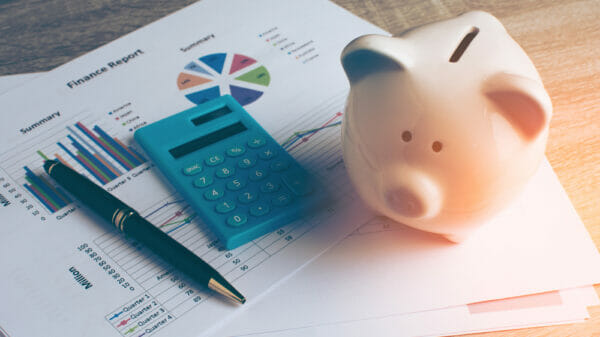Consumer prices surge to levels not seen since 1982
Prices for everyday items have been fluctuating significantly throughout the COVID-19 pandemic. Disrupted supply chains, new virus variants leading to additional lockdowns, and policy disputes delaying regulations have all contributed to this volatility. Unfortunately, it is the consumers who ultimately bear the brunt of these price fluctuations.
As per the most recent consumer price index report from the Bureau of Labor Statistics, consumer prices climbed by 6.8% in November. This marks a 0.6% increase from October and is the sharpest rise in US consumer prices since 1982. Even when excluding items like food and gasoline, which often experience substantial price swings, stable goods are still increasing by approximately 0.5%.
Prior to the publication of the Bureau of Labor Statistics’ report, US President Joe Biden tried to minimize the impact of the numbers. In a statement, Biden mentioned, “The upcoming information on energy prices in November doesn’t mirror the present situation, and it doesn’t anticipate the expected price reductions in the coming weeks and months, such as in the automotive market.”
Breaking News: U.S. inflation reached its highest level in decades last month. Consumer prices surged by nearly 7%, driven by supply chain disruptions, demand, and housing costs. https://t.co/blqcPdkQIS
— The New York Times (@nytimes) December 10, 2021
If there is a positive aspect to this situation, it’s that the increase in prices strengthens the case for higher wages. Restaurant owner Cameron Mitchell commented on inflation, saying, “I believe the argument for a $15 minimum wage is no longer relevant, as nobody is paying below $15 anymore. All our hourly employees are receiving increased wages, which I believe is beneficial for our industry.”













































